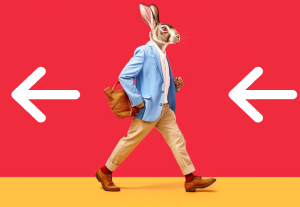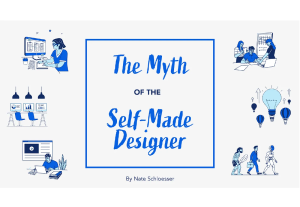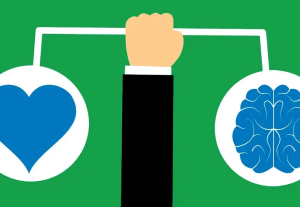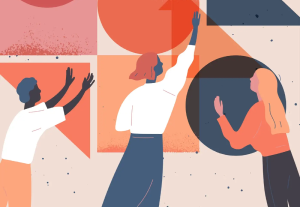Behavioral Design: What Is It? And Why Should You Learn To Apply It?
- The article introduces the concept of Behavioral Design, emphasizing the importance of understanding cognitive biases and delivering value to all parties involved in the user experience.
Share:Behavioral Design: What Is It? And Why Should You Learn To Apply It?
Share this link
- August 1, 2023
4 min read








